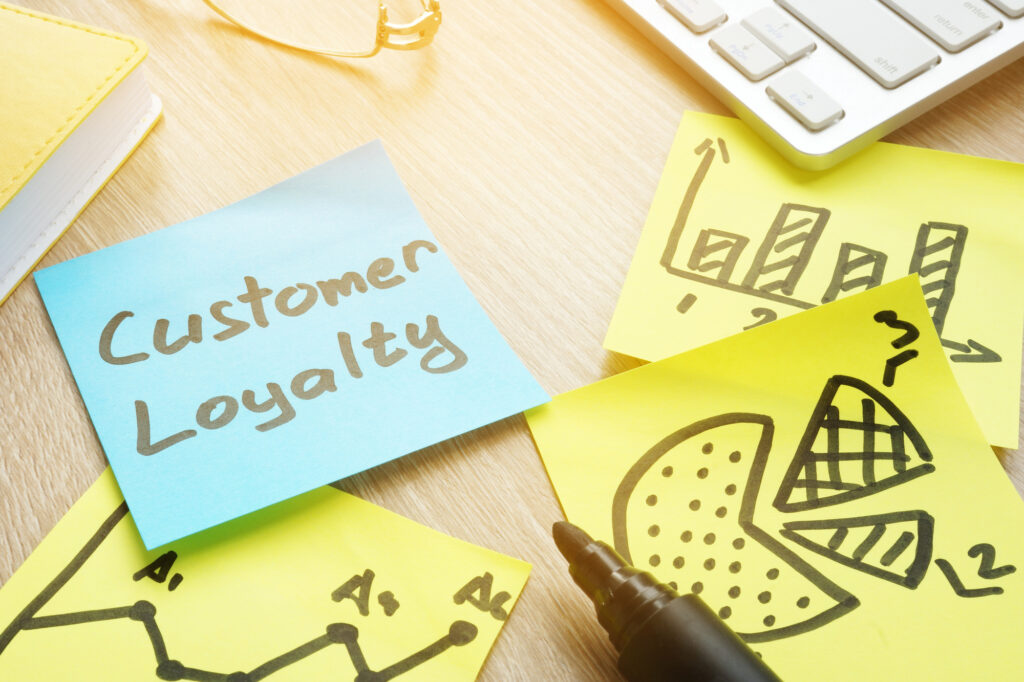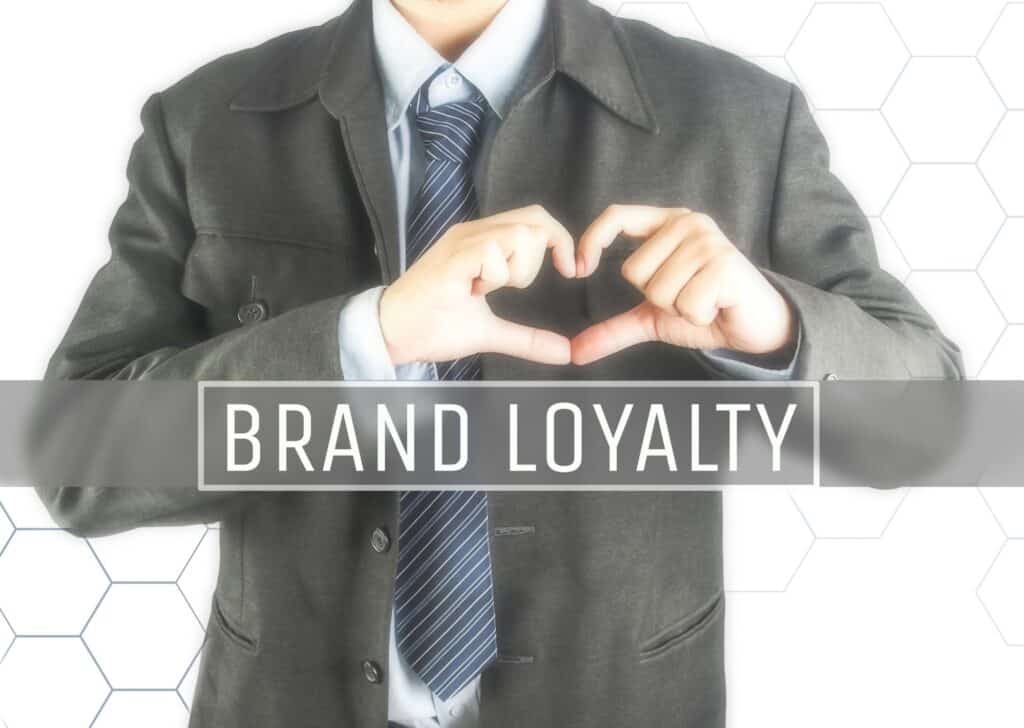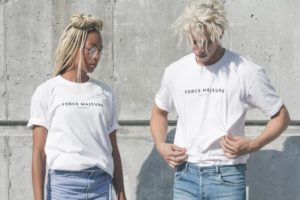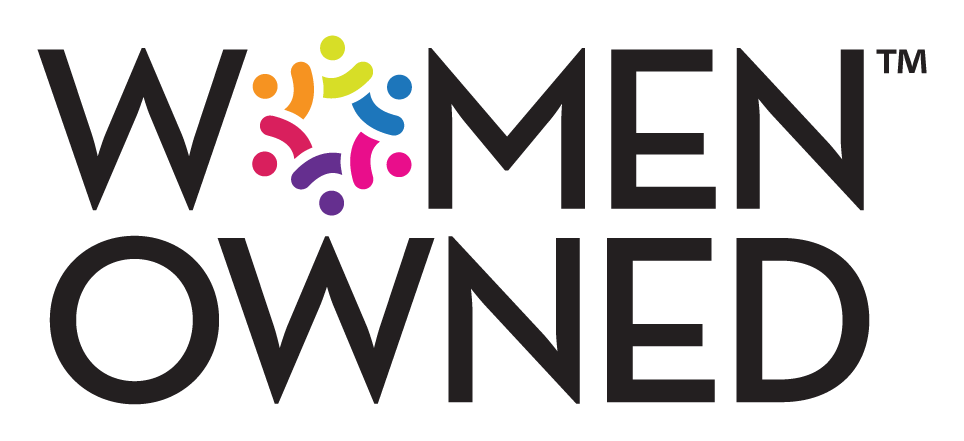Are you looking to generate more brand loyalty but aren’t sure how to do it? Brand loyalty is incredibly fragile in today’s economy.
A new report found that 42 percent of consumers say they love to try new brands and products. Why people like to try new brands isn’t entirely surprising- 38 percent of consumers say they try new brands to get better value for their money.
But you can only drop your prices so low without destroying your business. So other than offering lower prices, how can you improve brand loyalty?
Before you worry about improving your brand loyalty, you first need to understand the different brand loyalty levels. Read on to learn about the different levels of brand loyalty.
Related: Ways to Improve Customer Loyalty Retention
1. Awareness
Brand awareness is the first stage of brand loyalty. Brand awareness refers to the extent to which someone can recall or recognize your brand. Creating brand awareness is the first step to improving brand loyalty.
However, raising brand awareness takes time. It takes approximately 5 to 7 impressions for people to remember a brand.
It’s important to understand that someone can purchase your product and not yet be loyal to your brand. They may buy your product and still be in the brand awareness stage. There are two types of consumers in this stage. These include:
Switchers
Switchers have no brand loyalty whatsoever. Not only are they not loyal to your brand, but they’re also not loyal to any other brand in your industry.
Switchers don’t care what brand they buy from- they just grab the first thing off the shelf. Next time they shop, they may not even remember or care which brand they purchased from the last time. People in this category have no issue switching brands (hence, the name).
Satisfied/Habitual Buyers
Satisfied/habitual buyers are one step above switchers on the brand loyalty scale, but they’re still in the brand awareness phase. While satisfied/habitual buyers tend to stick to one brand, it isn’t necessarily out of loyalty.
As the name suggests, they buy from the brand out of habit. While they’re reasonably satisfied with the brand they purchase from and don’t see any pressing reason to switch, they could just as easily switch brands if they find an issue with the current brand they’re purchasing from.
They also won’t go out of their way to purchase from the brand they usually buy from. For example, if a habitual buyer usually purchases the same brand of cereal every week, and that brand isn’t available on the shelf one day, they’ll just grab the same cereal from a different brand.
A more loyal buyer would consider going to a different store to buy their favorite cereal, or they may forgo purchasing altogether until their favorite brand is back in stock.
Want to learn more about improving brand loyalty? Contact us today!
2. Brand Preference

The next level of brand loyalty is brand preference. This level of brand loyalty means that a customer favors your brand over competitors.
However, just because someone shows preference for your brand doesn’t mean they’re a sure thing. Here are the types of consumers in the brand preference stage:
Satisfied Buyers With Switching Costs
Satisfied buyers with switching costs have a preference for a certain brand, but their loyalty level is still very fragile. Their main reason for sticking with a brand isn’t because they love it. Rather, it’s because switching brands would prove to be too difficult in their eyes.
They feel that it may take too much time or money to switch brands, or they feel that switching brands could result in a loss of quality. Basically, their thought process is, “I’ll remain loyal to this brand unless something better comes along that’s worth my while.”
Brand Likers
The brand liker is the next step above the satisfied buyer with switching costs. At this point, the buyer is passionate about the brand, and they’re a true brand enthusiast.
Brand likers are primarily motivated by emotion. Many brand likers have no problem expressing their enthusiasm for a brand. However, they don’t always know why they like a brand so much. They just do.
Related: 12 Steps to Achieve Successful Corporate Branding
3. Brand Insistence

The third and final stage of brand loyalty is brand insistence. This is the most profitable stage for businesses, as not only does the customer prefer your brand, they actually insist on buying from your brand and feel that others do the same.
Apple is a company with a lot of customers at this brand loyalty level. Many people insist on buying only Apple products, and they’re always first in line for the newest upgrade. They’ll also try to convince others (for example, Android users) to switch to Apple because they believe it’s so great. There is just one type of consumer at this stage. They are:
Committed Buyers
A committed buyer regularly engages with the brand, and the brand plays an active role in their everyday life. A committed buyer is proud to associate with the brand, and they believe that the brand aligns with their personal values.
However, as loyal as committed buyers are, there’s no guarantee that they’ll stick with your brand forever. For this reason, it’s wise to offer loyalty perks (such as gifts, discounts, or free events) to committed buyers so they know you appreciate their business and so they stick with your brand.
Related: Why Your Company Needs Product Branding
Brand Loyalty: What Level Are You At?
Now that you know about the different brand loyalty levels, it’s time for you to figure out where your company is at. Once you understand your brand loyalty level, you can start looking into ways to reach the next level of brand loyalty.
Are you looking for help growing your brand? Click here to see how our brand engagement services can help you!





